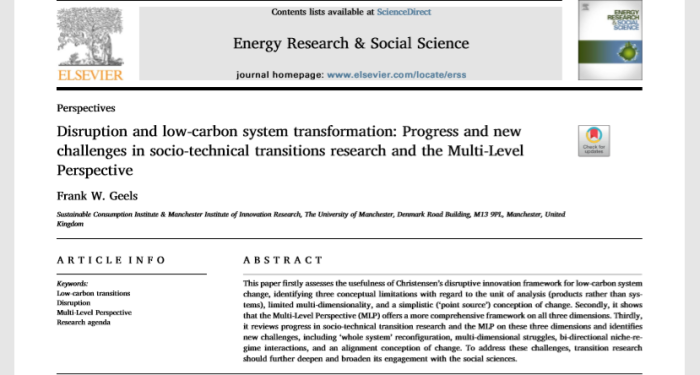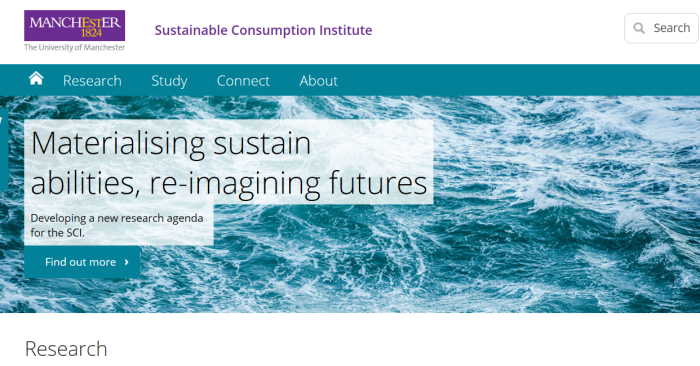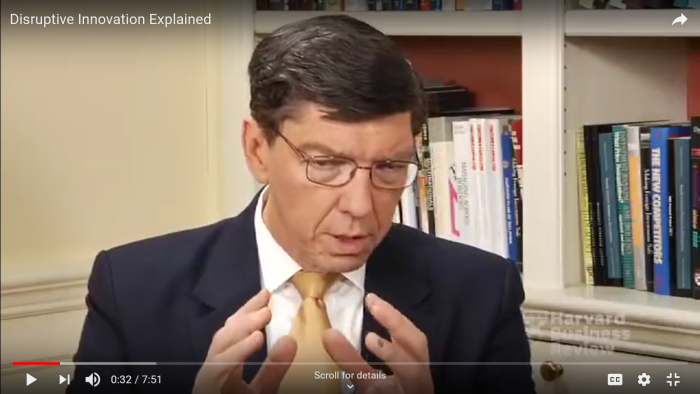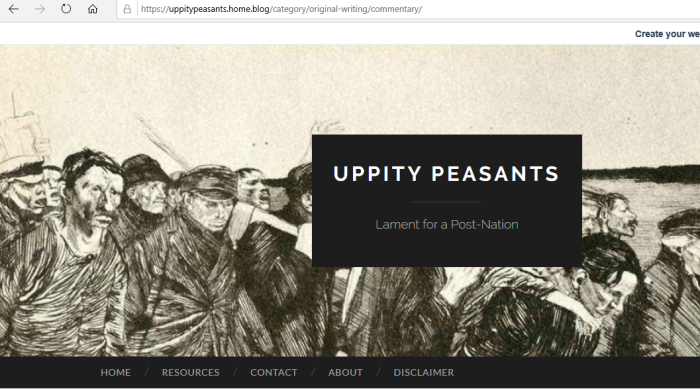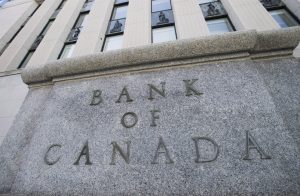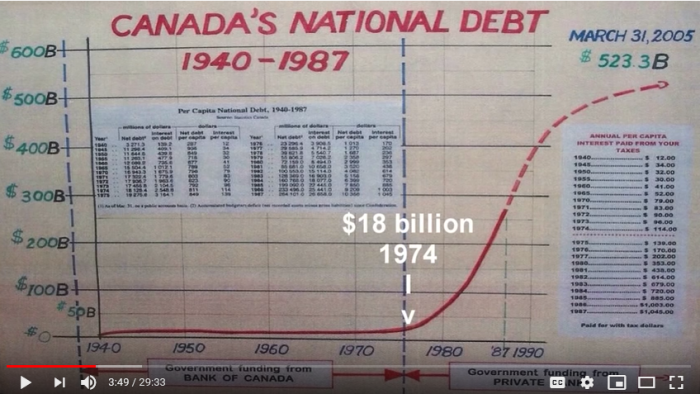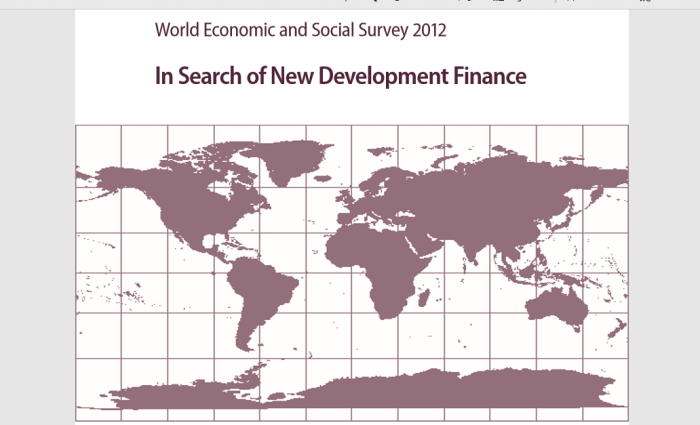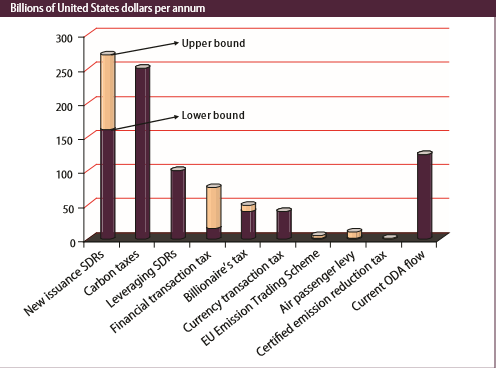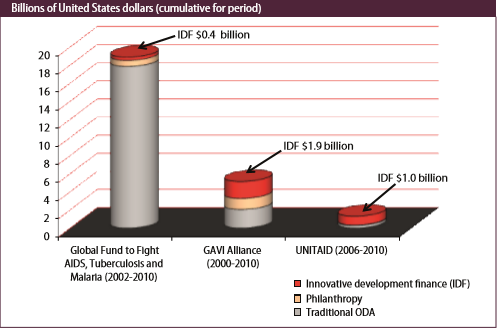
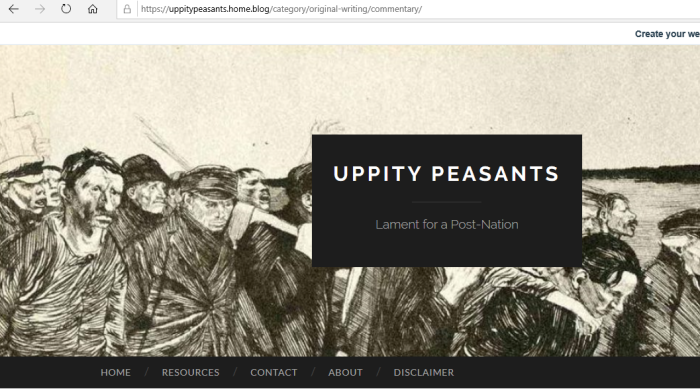
1. Go Check Out Uppity Peasants Site
This is a fairly new site, however, it has some interesting content on it. Well researched, it will give some alternative views on how we are really being controlled. It you haven’t been there, what are you waiting for?
2. About The Authors
CLICK HERE, for the profile of Kirsten Jenkins. Side note: no shocker she has cited Frank Geels.
CLICK HERE, for Benjamin Sovacool.
He is a Lead Author of the Intergovernmental Panel on Climate Change’s Sixth Assessment Report (AR6), due to be published in 2022, and an Advisor on Energy to the European Commission’s Directorate General for Research and Innovation in Brussels, Belgium.
He has played a leadership role in winning and managing collaborative research grants worth more than $19.6 million, including those from the U.S. Department of Energy, U.S. National Science Foundation, MacArthur Foundation, Rockefeller Foundation, Energy Technology Development and Demonstration Program of Denmark, the Danish Council for Independent Research, and the European Commission. In the United Kingdom, he has served as a Principal Investigator on projects funded by the Economic and Social Research Council, Natural Environment Research Council, and the Engineering and Physical Sciences Research Council.
CLICK HERE, for Darren McCauley.
3. The Paper Itself
Humanizing sociotechnical transitions through energy justice: An ethical framework for global transformative change
Kirsten Jenkins, Benjamin K. Sovacool, Darren McCauley
Not even kidding. That is the title of the paper.
ABSTRACT
Poverty, climate change and energy security demand awareness about the interlinkages between energy systems and social justice. Amidst these challenges, energy justice has emerged to conceptualize a world where all individuals, across all areas, have safe, affordable and sustainable energy that is, essentially, socially just. Simultaneously, new social and technological solutions to energy problems continually evolve, and interest in the concept of sociotechnical transitions has grown. However, an element often missing from such transitions frameworks is explicit engagement with energy justice frameworks. Despite the development of an embryonic set of literature around these themes, an obvious research gap has emerged: can energy justice and transitions frameworks be combined? This paper argues that they can. It does so through an exploration of the multi-level perspective on sociotechnical systems and an integration of energy justice at the model’s niche, regime and landscape level. It presents the argument that it is within the overarching process of sociotechnical change that issues of energy justice emerge. Here, inattention to social justice issues can cause injustices, whereas attention to them can provide a means to examine and potential resolve them
This article is the first time I have encountered the term “energy justice”. Rather than simply dealing with a problem in a scientific and factual way, the authors add some social-justice element to it. The abstract doesn’t really explain how this works. Hopefully the body will.
Thus, it calls for greater engagement with the three-tenet energy justice approach (distributional justice, procedural justice and justice as recognition) when planning for more sustainable transitions.
Energy justice apparently consists of:
- Distributional justice
- Procedural justice
- Justice as recognition
Okay, but that doesn’t really explain what it is.
Amidst serious sustainability challenges, transitions frameworks have evolved to either conceptualize or facilitate decarbonised energy systems that provide both security of supply and universal access to energy; a process that it is widely acknowledged will require new ways of producing, living and working with energy (Bridge et al., 2013; Heffron and McCauley, 2018; IEA, 2008; Mernier, 2007). In aiming to implement sociotechnical solutions, governments are increasingly utilising the language of transitions, and the concept has begun to feature in the energy policies of countries including Denmark, Switzerland and the United Kingdom (UK)
Some points that should be addressed:
- They are quite blunt (and proud it seems) that their language is filtering into government activity.
- Provide universal supply of energy? Is this meant to be some sort of socialist or communist idea?
- Has it sunk in that if you remove all Carbon forms of energy that it will reduce supply, and make your universal supply harder to obtain?
- When you say a “new way of living”, does this mean reducing the standard of living in the West to ensure that everyone has access to the same amount of energy?
Yet despite ongoing debates about ethics or justice across many fields of literature (including extended discussions between antagonist camps that have gone on across the history of political philosophy), one social element missing from transitions frameworks is explicit, practice oriented engagement with the energy justice concept and related approaches to justice concerns. Eames and Hunt (2013) draw attention to the fact that considerations of equity and justice are underrepresented within the sociotechnical transitions literature and the wider energy transitions debate, despite the fact that the concept of sustainable development, the target of many transition plans, is inherently rooted in these core notions (Hopwood et al., 2005). Transitions literatures can also fail to give due consideration to issues of landscape, health and existing property values too (Jefferson, 2017).
More points to be looked at:
- This seems a shameless attempt to turn what is supposed to be an environmental issue into a “social justice”, and hence blur the lines.
- “Equity and justice” and terms that need to be rammed into discussions.
- It appears that including “social justice” would be a way to better market their ideas. They don’t seem to make an actual connection though.
- If a platform needs to latch on to overused buzzwords to sell itself, then it’s probably not a very good platform.
Failure to adequately engage with questions of justice throughout the transition process is dangerous. It may lead to aggravated poverty, entrenched gender bias and non-participation as outcomes or by-products of ‘blinkered’ decision-making. Indeed, without a focus on justice, transitions may fail to acknowledge the burdens of having too much energy, such as waste, over-consumption and pollution, or from not having enough, where some individuals lack access, are challenged by under-consumption and poverty, and may face health burdens and shortened lives as a consequence of restricted energy choices (Sovacool et al.,2016a). This paper therefore utilizes the energy justice concept as a way of engaging with these ethical dilemmas within pre-existing transitions frameworks.
More nonsense which requires a response:
- There is an obsession with redefining terms to suit an agenda.
- This is energy we are talking about, not poverty, gender bias, or non-participation. That’s right, they really played the “gender” card here.
- Burden of having too much? Can I assume the solution is to force sharing? Or rather, to force “rich” nations to hand over energy supplies?
- Engaging with these ethical dilemmas? You haven’t demonstrated any sort of cause and effect yet.
The origins of the energy justice literature is largely reported as coming from activist accounts of energy issues using the environmental justice frame – a precursor to the energy justice concept which shares overlapping philosophical groundings
That’s right. A bunch of activists made this up.
Specifically, as environmental justice is commonly defined as the distribution of environmental hazards and access to all natural resources; it includes equal protection from burdens, meaningful involvement in decisions, and fair treatment in access to benefits……….. This approach forms the basis of the energy justice approach and framework. However, mentions of its core notions also appear elsewhere, including in the guise of the “three A’s” of availability, accessibility and affordability
It reads like the sort of nonsense one would get in a gender studies class. Only thing is that “energy” is being substituted for here.
note in this regard, that even ‘a “low-carbon” transition has the potential to distribute its costs and benefits just as unequally [as historical fossil-based transitions] without governance mindful of distributional justice’ or, as an extension, without attention to the issues of justice as recognition and due process–energy justice tenets we explore below. We argue that the energy justice concept provides one way of filling this gap.
Here, we get into some straight up Communism. Is it true that costs and benefits don’t impact everyone equally? Yes. However, there is no practical way to do this. Either you would have to forcefully arrange differences in benefits and costs to “make things right”, or you would have to alter everyone’s standard of living so that they were equal.
Guess the road to Hell could use a re-paving.
Throughout, we present three main claims, each coinciding with a level in the MLP model; the niche, regime, and landscape:
(1) That the energy justice concept can expose exclusionary and/or inclusionary technological and social niches before they develop, leading to potentially new and socially just innovation;
(2) That in addition to using the MLP to describe regimes, the energy justice framework provides a way for these actors to normatively judge them, potentially destabilising existing regimes using moral criteria;
(3) That framing energy justice as a matter of priority at the landscape level could exert pressure on the regime below, leading to the widespread reappraisal of our energy choices, and integration of moral criteria.
(1) Sounds like a way to vilify or outcast technology that is scientifically sound, because it doesn’t meet their criteria.
(2) Appears to be a method of using peer pressure and social pressure as a way of destabilizing systems.
(3) Comes across as more overt propaganda.
This governance focus means that the socio-technical literature increasingly acknowledges the political dynamics related to the process through which innovations scale, diffuse or entrench. We focus here on the most prominent socio-technical transitions framework, the multi-level perspective (MLP). The MLP takes the form of a series of nested levels, the niche, regime, and landscape
Nothing scientific. Purely political manoeuvering.
Analysis through the energy justice lens reveals that although electric vehicles (EVs) do have laudable environmental (and social) attributes, they can be exclusionary in the sense that they can perpetuate already widening gaps between the wealthy and poor, as well as potentially raising new forms and geographies of injustice – distributional and justice as recognition concerns.
I thought the point was protecting the environment. But here, they talk about how electric cars will not impact everyone equally, even if they do have considerable environmental benefits. Again, is this an argument in favour of socialism or communism?
Equal opportunity v.s. equal outcome.
In addition to applications in niches, the energy justice framework can support the current role of the MLP to describe regimes by providing a means for policy actors to normatively judge them—exposing unjust practices and resultantly, increasing regime ‘humanisation’. We illustrate this first through the exploration of nuclear power and hydroelectric power production, regimes in which there is some consensus that technological development and lock-in raises issues of justice, or injustice. We identify that the metrics, frameworks, or checklists presented above – as well as the three-tenet framework of energy justice more generally – provide a means of normatively judging both planned and current energy and future sociotechnical regimes, leading to potential re-evaluation of our energy selection criteria. These approaches also recognise the need to politicise the actualisation of energy justice itself.
Finally some honesty. This is a political agenda.
And working to “humanize” a movement? What happened to simply relying on scientific consensus?
4. Conclusions From The Paper
Energy decisions are all too frequently made in a moral vacuum, culminating in a strong normative case for combining the literature on sociotechnical transitions with concepts arising from energy justice. Moreover, we illustrate that energy justice can play a role at each level of one of the more expansive sociotechnical transitions frameworks, the MLP. Within this latter contribution, (1) the energy justice concept could expose exclusionary niches, (2) provide a means for actors to normatively judge regimes, and (3) through the framing of energy justice at the landscape level foster the reappraisal of our energy choices and integration of moral principles. Across all stages of this argument, we present a case for not only mitigating environmental impacts of energy production via sociotechnical change, but doing so in an ethically defensible, socially just way.
To repeat, this is not about environmental protection. It is about blending a social justice causes and lingo into an unrelated topic.
Our caveats come as recognition of the intricacies of politics and political processes around energy transitions and energy justice. For as Meadowcroft (2009) highlights, long-term change is likely to be even messier and more contested than the transitions literature discusses. Indeed, there are likely to be political aspects that approaches such as the MLP are ill equipped to negotiate, and trade-offs that a tenet approach to energy justice cannot entirely resolve.
This may be the most honest thing they say. Politically, this is a very tough sell. They also admit that there “energy justice” approach will not answer the hard questions.
Nonetheless, they still cover those facts in academic jargon.
5. My Own Thoughts
The authors keep repeating that they are just “framing the issue”. In reality, they are publishing propaganda.
There is nothing scientific that the paper adds. There is no building on previous work, or fact checking of previous research. It is entirely about manipulating people to their cause by pretending it is a “social justice” issue. This is blatant activism, masquerading as science.
I also noticed a lot of overlap with the Frank W. Geels article. Do they merely cite each other, or do they just republish the same articles over and over again?
This environmental movement seems to have a lot of self-inflicted problems. For example, this obsession with “energy justice” and other non-issues actually stonewalls progress that they could have made.

